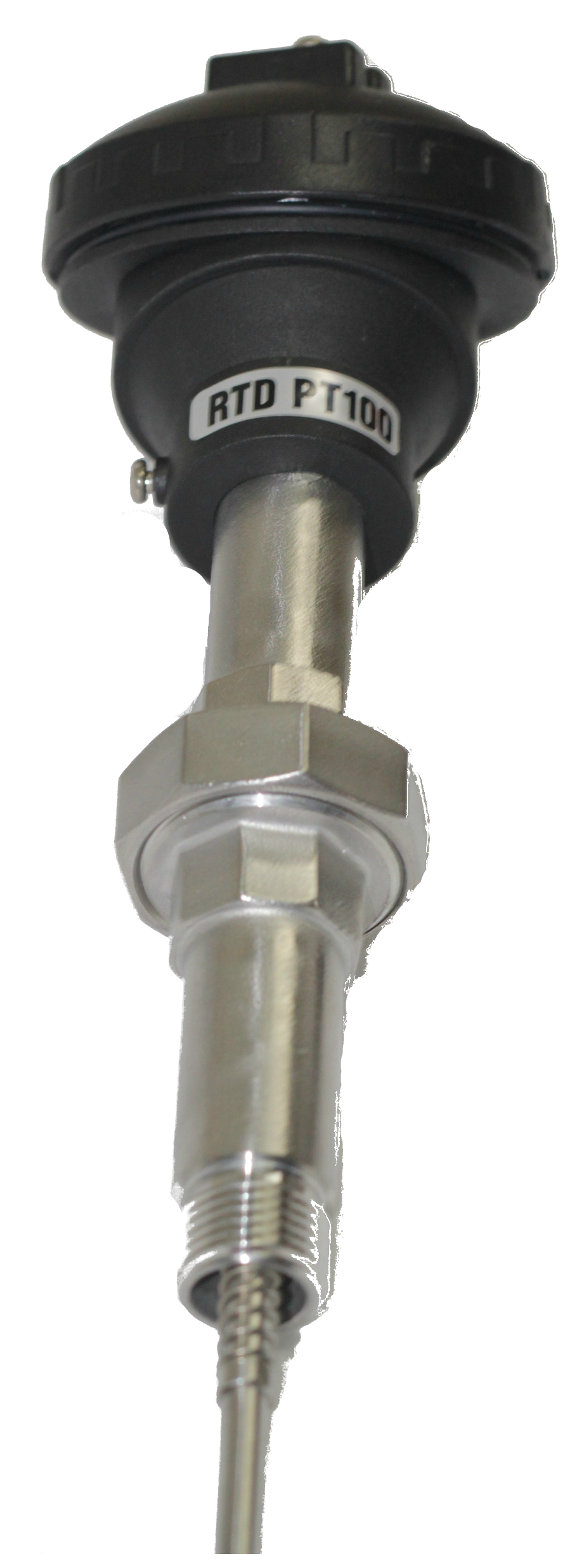1300 737 976
Call us
Live Chat
Call us
In this video, Pyrosales gives an educational summary of Resistance Temperature Detectors. Video contents:
– What is a Resistance Temperature Detector (RTD)?
– How does it work?
– Element material types as well as working temperature ranges
– 2,3 and 4 wire configurations
– Considerations and suitable applications
Resistance Temperature Detectors, also known as RTDs and resistance thermometers, are temperature-sensing devices that change resistance at a predetermined rate in response to changes in temperature. They are circuit elements whose resistance increases with increasing temperature in a predictable manner.

The main advantages of our RTDs include:
Copyright © 2022 Created by Pepper Digital
Disclaimer – Images for illustrative purposes only and may not be representative of the actual resolution of the camera shown.